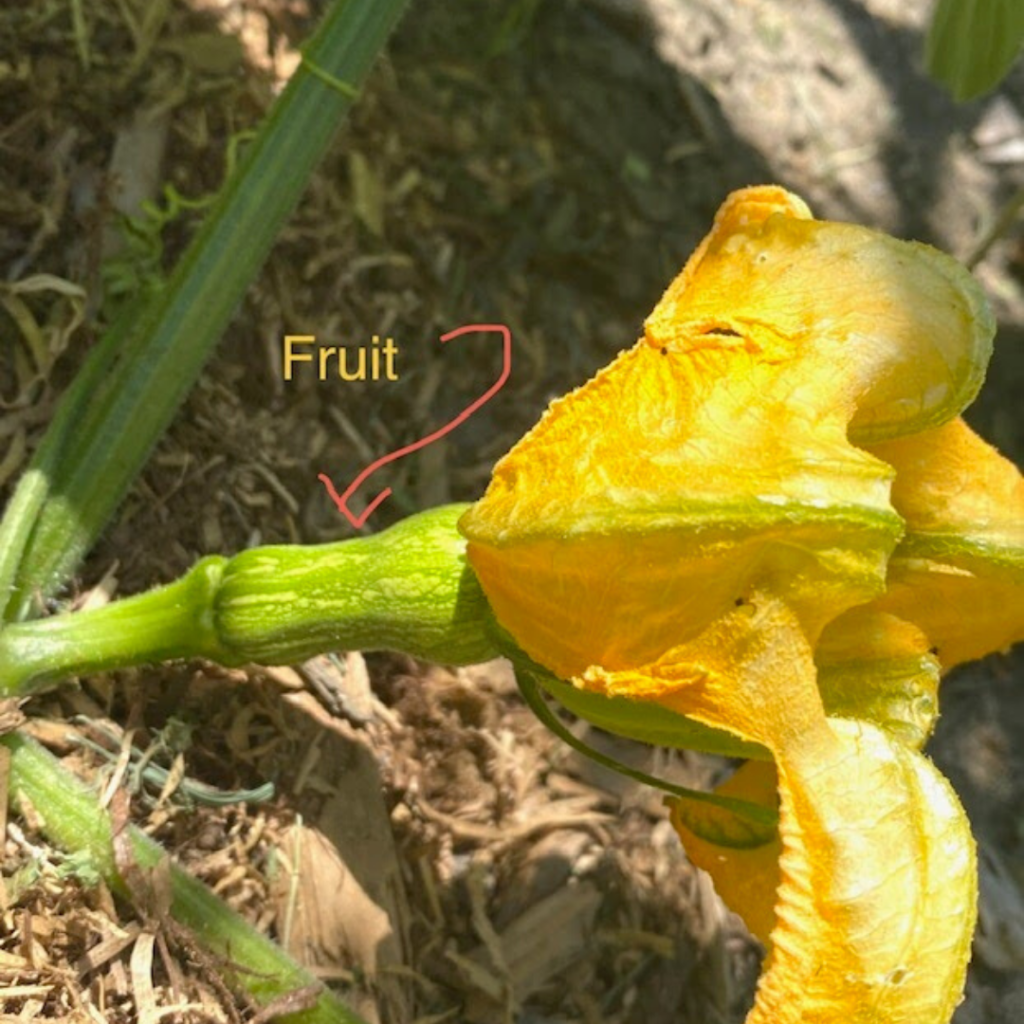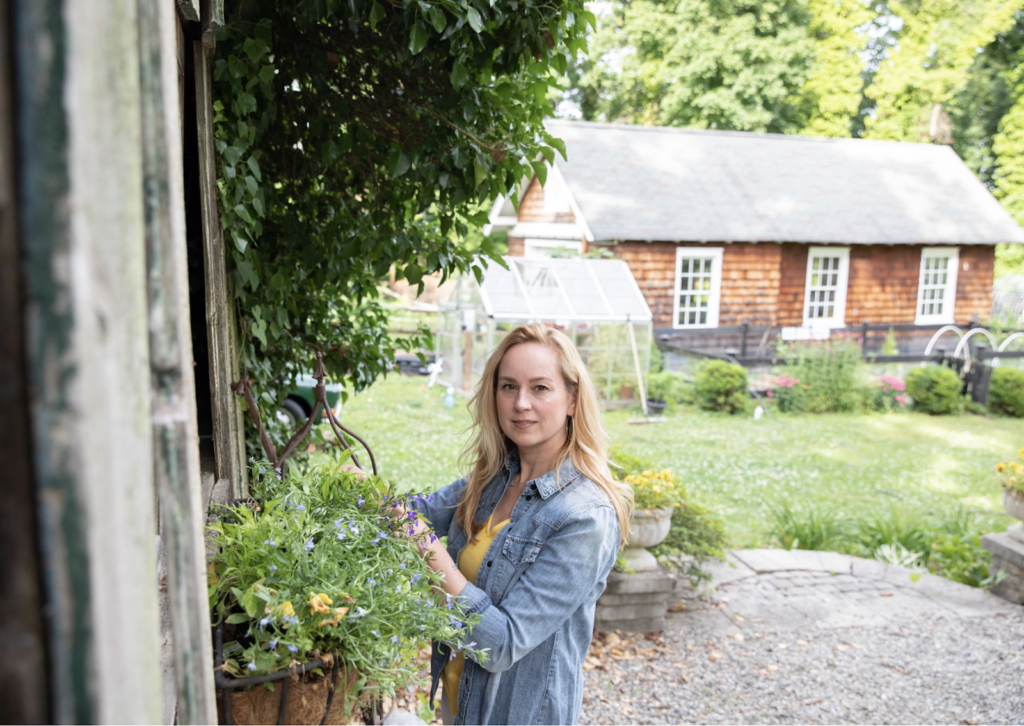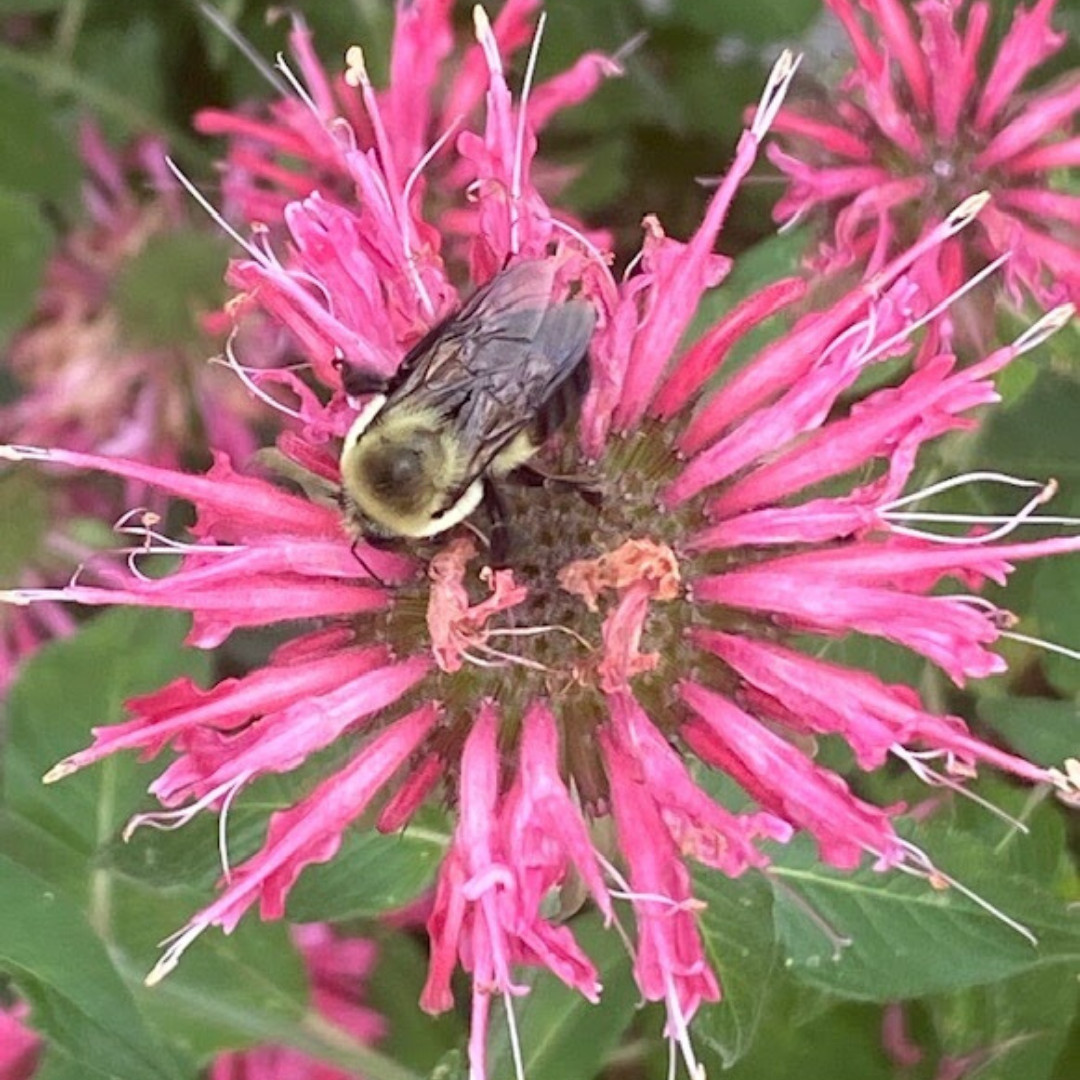Gardeners, let’s talk about plant sex. There. I said it. It’s a thing. And it’s kind of important for you to understand it to keep your garden thriving. I’ll be brief, but maybe send the kids out of the room (just kidding).
Most plants in your vegetable garden produce both male and female flowers.
The male flowers will come first, but you won’t get any fruit.
Let’s take a quick detour here to define fruit vs vegetable. Any produce that has seeds on the inside – zucchini, tomato, eggplant, peppers, butternut squash, apples, watermelon, pears, lemons – is technically a fruit. Over time, language evolved to differentiate sweet produce as a “fruit” and not sweet as “vegetable.” But really it’s all fruit.
Back to our lesson. Male flowers = no fruit. Just like humans.


Now the male flower can’t take the female flower out on a date, buy her a nice dinner in hopes of seducing her. They don’t have legs. Or credit cards.
So what to do? Enter the birds and the bees.
Or rather the bees and the butterflies and all their friends. In their effort to gather pollen and feed themselves, insects land on hundreds of flowers a day. Bees are especially effective because their legs are designed to collect pollen. They land on a male flower to pick it up. They land on a female flower where it gets deposited.

If you have a baby fruit and the flower opens up but no bee or other pollinator comes along, the fruit will just wither and die. Sometimes I get a text message from a friend who shares a picture of a sad little zucchini that has turned yellow and fallen off. “What did I do wrong!? What’s wrong with my plant?!” Nothing. No plant sex happened. So no baby.
So what’s the moral of this story?
Plant flowers and shrubs that will attract pollinators so you can insure a bountiful harvest this season!
If you want to know more about the benefits of planting flowers in your garden, check this out (link to blog on flowers in the garden)


